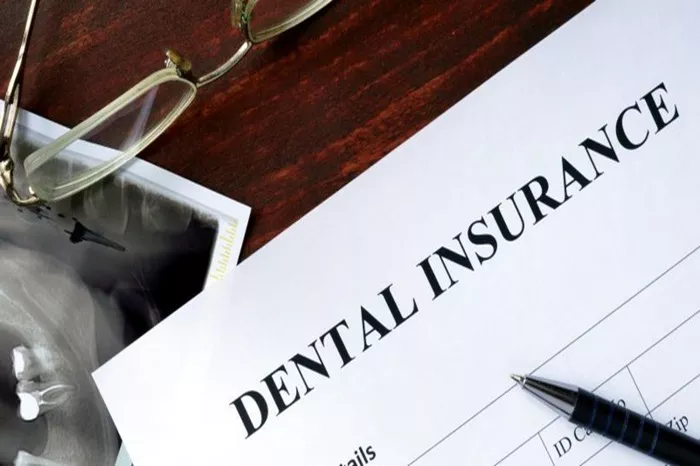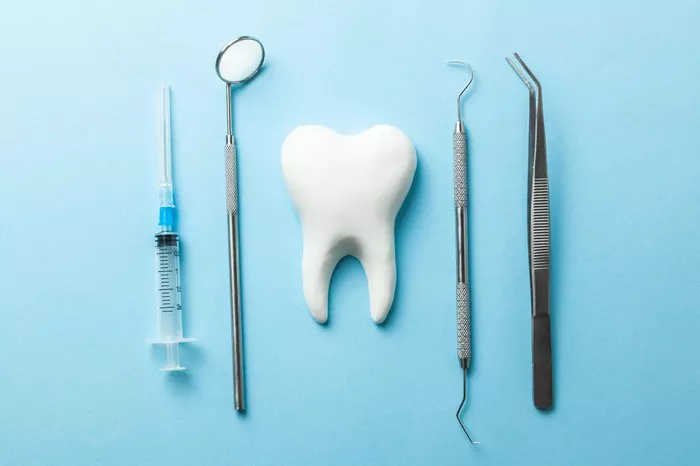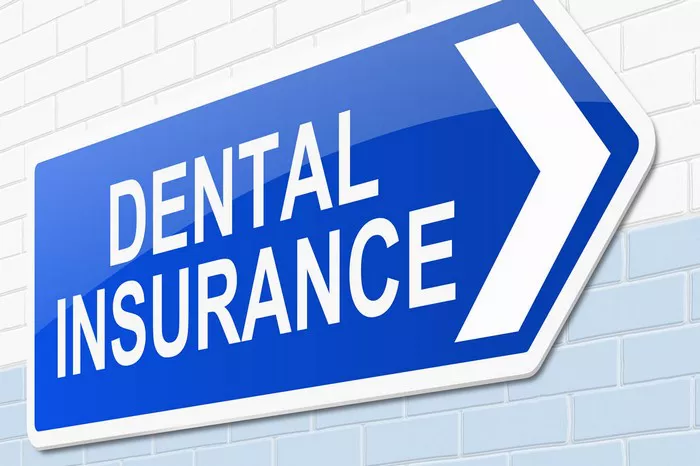Understanding how dental insurance works is crucial to maximizing its benefits and ensuring that you receive the best possible care. Dental insurance can be complex, with different plans offering varying levels of coverage, costs, and benefits. This article will guide you through the key aspects of dental insurance, including types of plans, common terminology, coverage details, and tips for using your plan effectively.
Understanding the Basics of Dental Insurance
Dental insurance operates differently from medical insurance. While medical insurance often covers a significant portion of your healthcare costs, dental insurance is more focused on preventive care and often has limits on the coverage for more extensive procedures.
Most dental insurance plans follow a 100-80-50 coverage structure. This means that preventive care is typically covered at 100%, basic procedures at 80%, and major procedures at 50%. However, these percentages can vary based on the specific plan and provider.
Types of Dental Insurance Plans
Dental insurance plans come in various forms, each with its own set of benefits, limitations, and costs. Understanding these types can help you choose the best plan for your needs.
Preferred Provider Organization (PPO) Plans
PPO plans are the most common type of dental insurance. They offer a network of dentists who have agreed to provide services at a reduced rate. You have the flexibility to see dentists outside of the network, but you’ll pay more for those services. PPO plans typically have a deductible, which is the amount you must pay out-of-pocket before the insurance starts covering costs.
Health Maintenance Organization (HMO) Plans
HMO plans require you to choose a primary care dentist from within a network. You must get a referral from your primary care dentist to see a specialist. These plans usually have lower premiums and no deductibles, but your choice of dentists is limited to the network, and you may have longer wait times for appointments.
Indemnity Plans
Indemnity plans, also known as fee-for-service plans, offer the most flexibility. You can visit any dentist you choose, and the plan will pay a percentage of the dentist’s fee. These plans often have higher premiums and may require you to pay the dentist upfront and then seek reimbursement from the insurance company.
Discount Dental Plans
Discount dental plans are not insurance but provide discounts on dental services. You pay a membership fee to join the plan, and then you receive reduced rates on dental care. These plans are a good option if you don’t have insurance or if your insurance doesn’t cover certain procedures.
Key Terms and Concepts in Dental Insurance
Navigating dental insurance requires understanding several key terms and concepts that are often used in plan descriptions and coverage details.
Premium
The premium is the amount you pay, usually monthly, to maintain your dental insurance coverage. This is a fixed cost and does not change based on the amount of care you receive.
Deductible
The deductible is the amount you must pay out-of-pocket before your insurance begins to cover your dental care costs. For example, if your plan has a $50 deductible, you must pay the first $50 of covered services before the insurance starts paying.
Copayment and Coinsurance
A copayment (or copay) is a fixed amount you pay for a specific service, such as $20 for a dental cleaning. Coinsurance, on the other hand, is a percentage of the cost of a service that you pay. For example, if your coinsurance is 20% for a filling, and the filling costs $100, you would pay $20.
Annual Maximum
The annual maximum is the most your dental insurance will pay for covered services in a plan year. Once you reach this limit, you are responsible for all additional costs until the next plan year begins. Annual maximums typically range from $1,000 to $2,500, depending on the plan.
Waiting Period
Some dental insurance plans have a waiting period before certain services are covered. For example, you might have to wait six months before the plan covers major procedures like crowns or root canals. Waiting periods are designed to prevent people from signing up for insurance only when they need expensive care.
See Also: What Does a 12-Month Waiting Period Mean for Dental Insurance?
Coverage Levels and Benefits
Dental insurance coverage is usually divided into three categories: preventive, basic, and major services. Understanding what each category includes can help you know what to expect when using your insurance.
Preventive Care
Preventive care includes routine exams, cleanings, and x-rays. Most dental insurance plans cover preventive care at 100%, meaning you won’t have to pay anything out-of-pocket for these services. Regular preventive care is essential for maintaining oral health and can help prevent more serious and costly dental problems down the road.
Basic Procedures
Basic procedures include fillings, simple extractions, and periodontal treatment for gum disease. These services are typically covered at 70-80% by your dental insurance, meaning you will need to pay 20-30% of the cost.
Major Procedures
Major procedures include crowns, bridges, dentures, and complex extractions. These services are usually covered at 50%, meaning you will be responsible for half of the cost. Major procedures tend to be more expensive, so it’s important to plan for these costs if you need extensive dental work.
Orthodontic Coverage
Some dental insurance plans include coverage for orthodontic care, such as braces or Invisalign. This coverage is often limited to dependents under the age of 18, and there may be a separate lifetime maximum for orthodontic services. Orthodontic coverage is typically less common in dental insurance plans, so it’s important to check if your plan includes it.
Using Your Dental Insurance Effectively
Maximizing the benefits of your dental insurance requires understanding how to use your plan effectively. Here are some tips to help you get the most out of your coverage.
Choose In-Network Dentists
To save money, it’s usually best to choose a dentist who is in your insurance plan’s network. In-network dentists have agreed to charge lower rates for their services, which means your insurance will cover a larger portion of the cost, and your out-of-pocket expenses will be lower.
Schedule Regular Preventive Care
Take advantage of the 100% coverage for preventive care by scheduling regular check-ups and cleanings. Not only does this help maintain your oral health, but it also allows your dentist to catch potential problems early, which can save you money on more extensive treatments later.
Plan for Major Procedures
If you know you’ll need a major dental procedure, such as a crown or bridge, plan ahead. Check your annual maximum to see how much your insurance will cover, and consider spreading out treatments over two plan years if you’re close to reaching your maximum. This can help you avoid paying for expensive procedures entirely out-of-pocket.
Understand Your Plan’s Limitations
Be aware of your plan’s limitations, such as waiting periods, exclusions, and coverage limits. Knowing these details can help you avoid surprises when you need dental care. For example, if your plan has a waiting period for major procedures, you may need to delay treatment until the waiting period is over to receive coverage.
Review Your Explanation of Benefits (EOB)
After you receive dental care, your insurance company will send you an Explanation of Benefits (EOB) statement. This document outlines what services were provided, how much the insurance paid, and what you are responsible for paying. Review the EOB carefully to ensure that the charges are accurate and that you understand your out-of-pocket costs.
Consider Supplemental Dental Insurance
If your dental insurance has low coverage limits or doesn’t cover certain procedures, you may want to consider supplemental dental insurance. This can help fill the gaps in your existing coverage and reduce your out-of-pocket costs for more extensive dental care.
Conclusion
Understanding how your dental insurance works is essential for making informed decisions about your oral health care. By familiarizing yourself with your plan’s coverage, costs, and limitations, you can maximize your benefits and minimize your out-of-pocket expenses. Regular preventive care, choosing in-network providers, and planning for major procedures are key strategies for getting the most out of your dental insurance. If you encounter challenges or have questions about your coverage, don’t hesitate to contact your insurance provider for assistance.






















